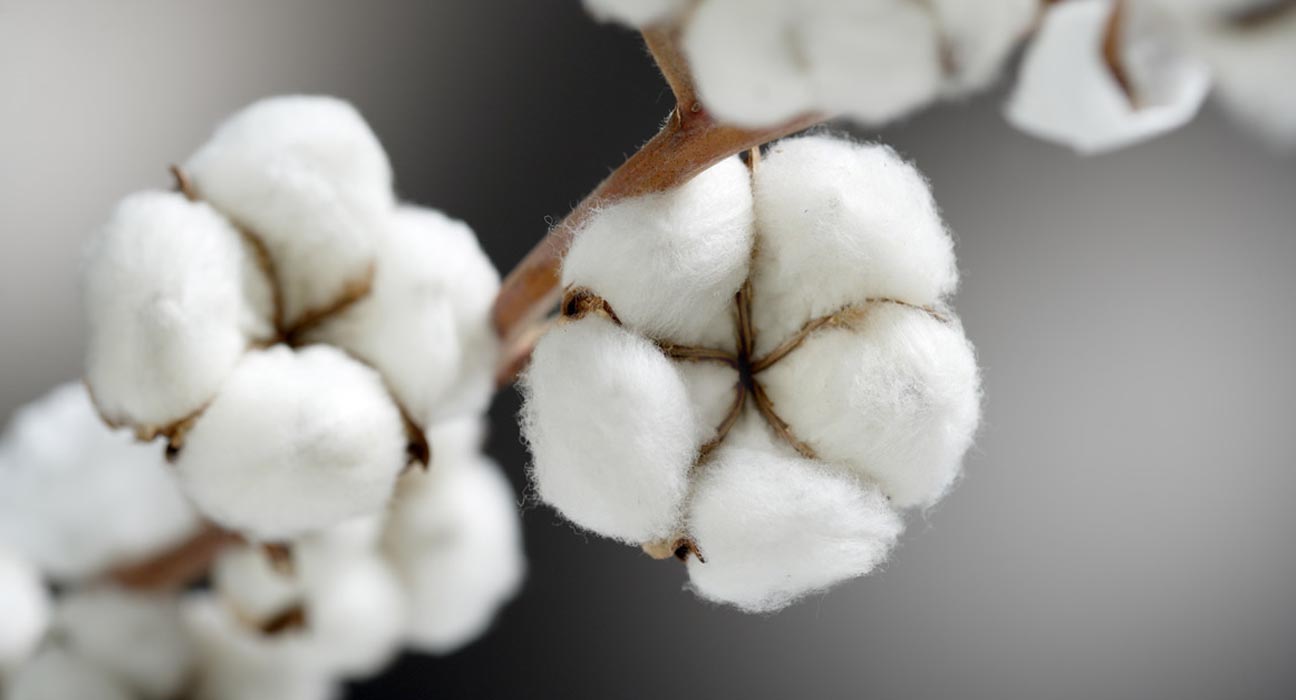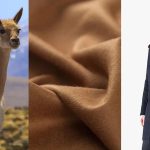Natural Fibers are in use from time immemorial. In this blog post; we will learn Top 10 Natural Fiber Properties. Do you know what is Natural Fiber?
Natural Fibers are those fibers, that come from plants, animal, or mineral sources. Natural Fibers are eco-friendly and renewable. Also, they are light and biodegradable.
If you want to know more;
You may read: What is Natural Fiber and Types?
Join our Fb group.
Natural Fiber Properties
Let’s have a glance, at the properties of the following fiber.
Cotton Fiber
Cotton is a soft fiber that grows around the seeds of the cotton plant. Cotton fiber grows in the seed pod or boll of the cotton plant.
This fiber is made of 90% cellulose, 6% moisture, and the remainder fats and impurities. The outer surface is covered with a protective wax-like coating which gives fiber and adhesive quality.
Properties of Cotton Fiber
- It has 8% moisture regain
- The cellulose is arranged in a way that gives cotton unique properties of strength, durability, and absorbency
- It is fresh, crisp, comfortable, absorbent, flexible, has no pilling problems and has good resistance to alkalis
- It has poor wrinkle resistance, shrinkage, poor acid resistance, less abrasion resistance, susceptible to damage by moths and mildew, needs lots of maintenance and stains are difficult to remove
- Its fiber length ranges from ½ inches to 2inches
- It has a 10%increase in strength when wet.
- It has a flat twisted tube shape
You may read: Cotton Fiber Properties and Uses
Silk Fiber
Silk Fiber is known as queen of all fiber. It is a fibroin made of proteins secreted in the fluid state as a single filament by a caterpillar, popularly known as ‘silkworm’.
Do you know silk was discovered in a cup of tea?
Properties of Silk Fiber
- low density makes for light and comfortable clothing
- high resistance to deformation
- good insulation properties / warm in winter, cool in summer
- strongest natural fiber available
- shimmers and shines
- good affinity to dye
- leaving aside the rather demanding care, silk is one of the most comfortable fiber fabrics in the world
Amazing Fact: A silk rope is stronger than an equally thick metal wire.
Natural Fiber Properties
Lotus silk Fiber
Lotus silk is one of the rarest fabrics in the world, produced only on small scale across Cambodia, Myanmar, and, more recently, Vietnam.
Do you Know:
- Lotus silk is one of the rarest fabrics in the world.
- The threads need to be processed within 24 hours and so harvesting has to be done each day.
- Extracting enough lotus silk for one scarf can take two months.
Exceptional Properties
- Lightweight
- Soft-touch
- Silky hand
- Especially breathable
- Wrinkle resistant
- Pilling resistance
- Tearing and tensile strength
You May Read: Silk Fiber vs Lotus Silk Fiber
Top 10 Natural Fiber Properties
Pineapple Fiber
Pineapple is a fruit that is known to all. We think that only fruit is useful and other parts of the fruit are garbage. What we think is wrong. We can produce fiber from pineapple leaf which is known as Pineapple fiber or pina fiber and is natural fiber also.
Properties of Pinatex Fiber:
| PARAMETERS | PROPERTIES |
| Length | 3-9mm |
| Breadth | 4-8 mm |
| L/B ratio | 450 |
| Gravimetric Fineness | 1.54(tex) |
| Tenacity | 50(gm/tex) |
| Extension of break | 2-6% |
| Flexural rigidity | 3.8 (dyne cm-2) |
| Density | 1.48(gm/cc) |
| Moisture regain | 65% |
| Color | Ivory-white color |
Jute Fiber
Jute was used for making textiles in the Indus valley civilization since the 3rd millennium BC.
In the Indian subcontinent, The British started trading in jute during the seventeenth century.
Properties of Jute Fiber
Jute Fiber has some standard physical properties. These are –
- Ultimate Jute Length: 1.5 to 4 mm.
- Ultimate Diameter of Jute: 0.015 to 0.002 mm.
- Jute Fiber Length: 150 to 300 CM (5 to 12 feet).
- Jute Color: Jute fiber can be White, Yellow, Brown, or Grey.
- Strength of Jute: 3.5 to 5 G/Den.
- Specific Gravity: 1.48
- Moisture Regain of Jute: 13.75 % (Standard).
- Elasticity: Breaking Extension 1.8% and Elastic Recovery very low.
- Resiliency: Bad.
- Dimensional Stability of Jute: Good on average.
Natural Fiber Properties
Flax Fiber
Linen is a textile made from the fibers of the flax plant. Flax fiber is also known as Linen Fiber. It is oldest among all natural Fiber.
Properties of Linen Fiber:
- Tensile Strength: Linen is a strong fiber. It has a tenacity of 5.5 to 6.5 gm/den. The strength is greater than cotton fiber.
- Elongation at break: Linen does not stress easily. It has an elongation at break of 2.7 to 3.5 %.
- Color: The color of linen fiber is yellowish to grey.
- Length: 18 to 30 inches in length.
- Luster: It is brighter than cotton fiber and it is slightly silky.
- Elastic Recovery: Linen fiber has not enough elastic recovery properties like cotton fiber.
- Specific Gravity: Specific gravity of linen fiber is 1.50.
- Moisture Regain (MR %): Standard moisture regain is 10 to 12%.
- Resiliency: Very poor.
- Effect of Heat: Linen has excellent resistance to degradation by heat. It is less affected than cotton fiber by the heat.
- Effect of Sun Light: Linen fiber is not affected by the sunlight as other fiber. It has enough ability to protect sunlight.
Hemp Fiber
Natural and organic fibers become more and more popular these years. Hemp is a bast fiber plant-like jute, kenaf, flax, and ramie. Hemp fiber is one of the most environmentally friendly fiber. These fibers are cellulosic fibers. Hemp fibers are one of the strongest and most durable among all of the natural textile fibers.
Natural Fiber Properties
Properties of Hemp Fiber
|
Color:
|
The color of hemp fiber is yellowish-grey to deep brown. |
|
Length:
|
4 to 6.5% feet. |
| Tensile Strength: | Hemp is a very strong fiber. |
|
Elongation at break:
|
Hemp fibers stress easily. |
| Elastic Recovery: | Elastic recovery is very poor. It is less than linen fiber. |
|
Moisture Regain (MR %):
|
Standard moisture regain is 12%. It is more than cotton and linen. |
|
Effect of Heat:
|
Hemp fiber has excellent resistance to degradation by heat. |
| Effect of Sun Light: | It has enough ability to prevent the bad effect of sunlight. |
| Luster: | Highly bright like linen fiber. |
Milk Fiber
Milk Fiber was firstly introduced in 1930 in Italy & America to compete with wool. It is also known as Casein Fiber or milk wool. It is a type of Azlon a regenerated protein fiber based on the casein protein found in milk. There are several trade names for milk casein-based fibers including Lanital, Fibrolane, and Aralac.
Characteristics of Milk Fiber:
-
- In Casein fiber, the natural protein humectant factor is present, which makes the skin delicate and smooth…
- It absorbs moisture very well as it is hygroscopic in nature.
- It is antibacterial and antifungal as amino acids present in the fiber.
- This Fiber is glossy and luxurious in appearance, feel, and comfortability, just like silk..
- It is very easy to dye and can be dyed under normal temperature
- It can be blended well with other different fibers, such as Tencel, cotton, bamboo, modal fiber.
Orange Fiber
The question leads to invention and Invention leads to innovation. Can we make a textile from citrus waste? This is the question that came to the mind of two Sicilian girls and brought them to develop one of the most innovative green startups in Italy.
Orange Fiber Fabric
Orange Fiber is a textile made by extracting the cellulose from the fibers that are discarded from the industrial pressing and processing of the oranges.
Everything started in 2011. Adriana Santanocito, specialized in design and innovative textile and Enrica Arena, an expert in communication and marketing, were students in Milan when they invented Orange Fiber. Adriana, for her thesis, was conducting research on a sustainable and vitamin-enriched textile from citrus waste.
Enrica, her flatmate at that time, embraced the idea adding to it her communication and marketing expertise. The thesis became a project at the Polytechnic of Milan, after the feasibility study the team patented Orange Fiber.
Natural Fiber Properties
Coconut Fiber
Coir or coconut fiber is a natural fiber extracted from the outer husk of the coconut. It is the natural fiber of the coconut husk where it is a thick and coarse but durable fiber.
Properties of Coconut / Coir Fiber:
- Length in inches…………6-8
- Density (g/cc)………………….1.40
- Tenacity (g/Tex)………………10.0
- Breaking elongation%…………..30%
- Diameter in mm………….0.1 to 1.5
- The rigidity of Modulus……….1.8924 dyne/cm2
- Swelling in water (diameter)…………5%
- Moisture at 65% RH…………10.5
Natural Fiber Properties
Conclusion
Hope you have liked the post. If you have any questions about the properties of Natural Fiber, leave a comment below.





